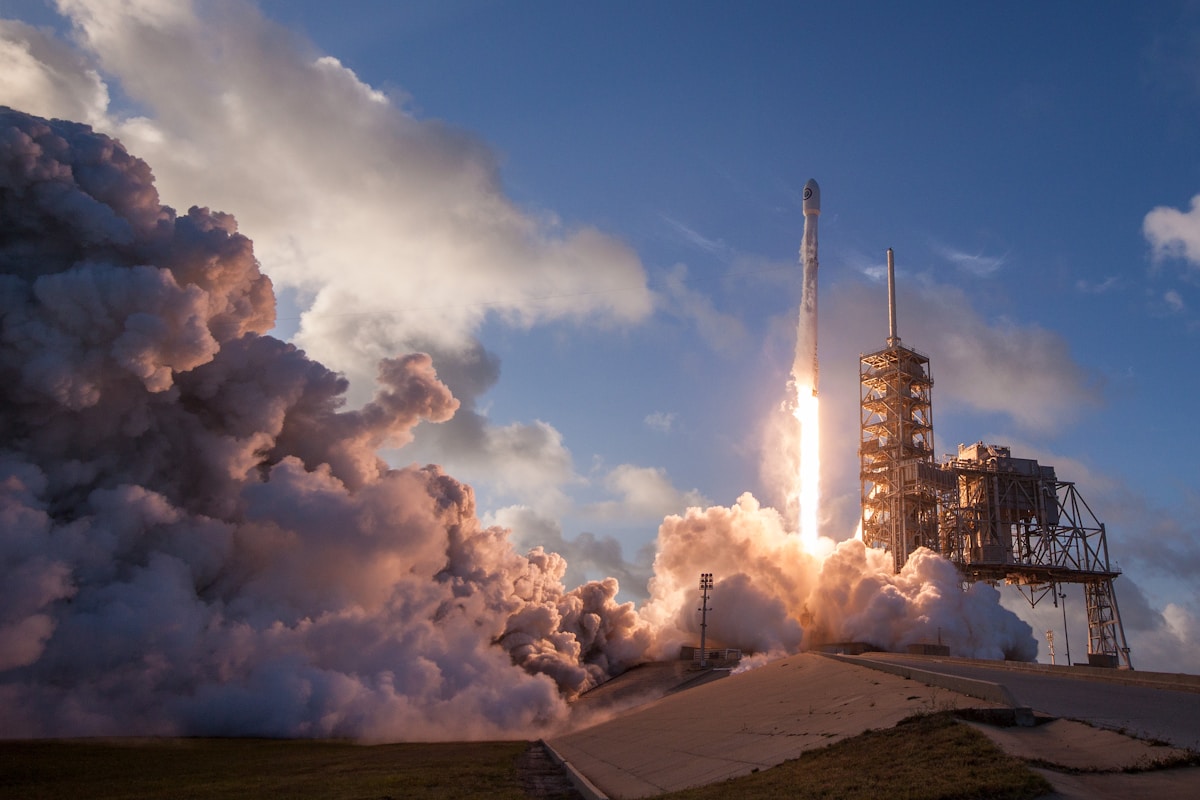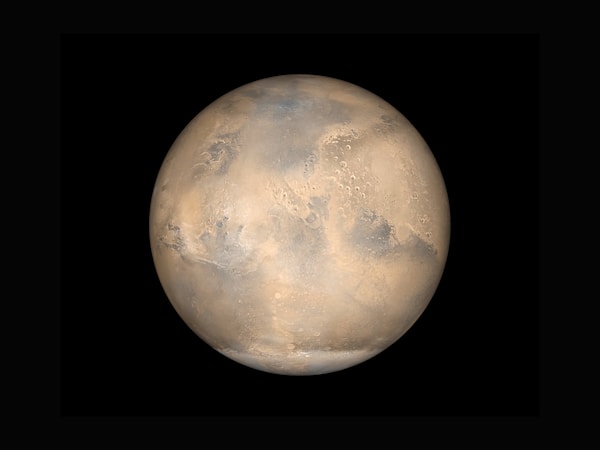Space propulsion technology stands at a critical juncture. As humanity's ambitions extend from near-Earth operations to lunar exploration, Mars missions, and potentially beyond, the limitations of traditional chemical propulsion become increasingly apparent. This article examines the cutting-edge developments in propulsion systems that promise to revolutionize space travel in the coming decades.

The Chemical Propulsion Baseline
Chemical propulsion has been the workhorse of spaceflight since the dawn of the space age. Utilizing the energy released from chemical reactions—typically between a fuel and an oxidizer—these systems provide the high thrust necessary for launching payloads from Earth's surface and executing major orbital maneuvers.
Modern chemical engines have achieved remarkable efficiency improvements. The SpaceX Raptor engine, for instance, employs a full-flow staged combustion cycle using methane and liquid oxygen, achieving specific impulses approaching 380 seconds in vacuum conditions. This represents a significant advancement over earlier kerosene-based systems, while also offering operational advantages like fuel production from in-situ resources on Mars.
However, chemical propulsion faces fundamental physical limitations. The rocket equation dictates that achieving high velocities requires exponentially increasing propellant mass. For missions beyond Mars, or for cargo-intensive operations like establishing permanent lunar bases, alternative propulsion approaches become not just beneficial but essential.
Electric Propulsion: Efficiency Over Thrust
Electric propulsion systems have transitioned from experimental curiosities to operational necessity for many satellite and deep-space missions. These systems accelerate propellant using electromagnetic or electrostatic forces rather than chemical reactions, achieving specific impulses 5-10 times higher than chemical engines.
Hall-effect thrusters and ion engines now routinely power commercial satellites for station-keeping and orbit-raising operations. NASA's Dawn mission demonstrated the viability of ion propulsion for deep-space exploration, visiting both Vesta and Ceres using a xenon-fueled system. More recently, the Psyche mission launched with advanced Hall thrusters designed for long-duration operation in the harsh radiation environment beyond Mars.

The primary limitation of electric propulsion is thrust magnitude. Where chemical engines produce thousands of kilonewtons, electric systems typically operate in the millinewton to newton range. This means acceleration periods measured in months rather than minutes. For time-critical crewed missions or planetary defense scenarios, this presents significant operational constraints.
Nuclear Propulsion: Power and Potential
Nuclear propulsion concepts offer a potential middle ground between chemical and electric systems, combining substantial thrust with high efficiency. Nuclear thermal propulsion (NTP) systems heat propellant—typically hydrogen—using a nuclear reactor, achieving specific impulses roughly twice that of chemical engines while maintaining thrust levels useful for crewed missions.
Both NASA and private companies have renewed interest in NTP development. The DRACO (Demonstration Rocket for Agile Cislunar Operations) program aims to test a nuclear thermal engine in orbit by 2027, potentially validating the technology for Mars missions. The ability to halve transit times to Mars would significantly reduce crew radiation exposure and mission risk.
Nuclear electric propulsion (NEP) combines nuclear power generation with electric thrusters, enabling high-power, high-efficiency systems for cargo missions. A nuclear reactor provides electrical power for electric thrusters, eliminating the solar panel mass and power limitations that constrain conventional electric propulsion in the outer solar system.
Hybrid and Emerging Technologies
Several hybrid approaches seek to capture advantages from multiple propulsion paradigms. Bimodal systems can switch between nuclear thermal and nuclear electric modes depending on mission phase requirements. During time-critical maneuvers, the system operates in thermal mode for higher thrust; during cruise phases, it switches to electric mode for maximum efficiency.
More speculative concepts continue to receive research attention. Fusion propulsion, while still facing enormous technical challenges, offers theoretical performance far exceeding any current system. Direct fusion drive concepts propose using magnetic fields to direct fusion reaction products for thrust, potentially enabling crewed missions to the outer planets with transit times measured in months rather than years.
Advanced electric propulsion variants like Variable Specific Impulse Magnetoplasma Rocket (VASIMR) systems claim the ability to adjust performance characteristics during flight, theoretically optimizing for different mission phases. However, these systems require substantial power generation capabilities, again pointing toward nuclear solutions for deep-space applications.

System Integration Challenges
Propulsion system selection involves far more than performance metrics. System mass, volume, power requirements, propellant storability, and operational complexity all factor into spacecraft design. A high-efficiency system that requires massive power generation infrastructure may offer no net benefit for certain mission profiles.
Thermal management presents particular challenges for advanced propulsion. Nuclear systems must reject substantial waste heat in the vacuum of space. High-power electric thrusters face similar issues, with radiator mass often exceeding thruster mass. These considerations become especially acute for crewed missions where vehicle interior temperatures must remain habitable.
Propellant selection involves complex trade-offs. Hydrogen offers excellent performance but presents storage challenges due to boil-off and extremely low density. Methane provides better storability and density while maintaining reasonable performance. Inert gases like xenon work well for electric systems but are expensive and limited in supply. Some missions might require multiple propellant types for different mission phases.
Conclusion: A Diverse Future
The future of space propulsion will likely involve a diverse ecosystem of technologies rather than a single dominant solution. Chemical propulsion will continue serving launch and high-thrust applications. Electric systems will handle station-keeping and cargo missions where time is flexible. Nuclear propulsion may enable crewed missions to Mars and beyond.
Ongoing development efforts across government agencies, established aerospace companies, and new commercial entrants promise continued innovation. As mission architectures become more sophisticated, combining different propulsion systems on single spacecraft or across mission phases, the engineering challenge shifts from developing individual technologies to optimizing complex, integrated systems.
The propulsion technologies we develop today will determine the scope and pace of humanity's expansion into the solar system for decades to come. Understanding the capabilities, limitations, and development status of these systems provides essential context for evaluating proposed missions and future space exploration strategies.

